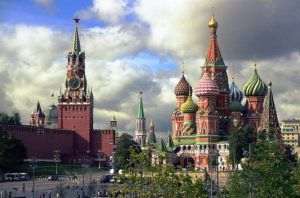South Korean scientists recently broke a record in a nuclear fusion experiment - for 48 seconds they maintained a temperature seven times higher than that of the solar core.
But generating commercially viable power from nuclear fusion remains more science fiction than reality, according to visualcapitalist.com, which highlights a ranking of the world's nuclear power producers based on based on the data of the Institute of Nuclear Energy, updated in August 2022.
According to the cited source, the US profile production of 772 TWh is more than twice the amount produced by China, which ranks second in the ranking, with 383 TWh. It is followed by France, with 363 TWh, Russia - with 208 TWh, South Korea - with 150 TWh, Canada - with 87 TWh, Ukraine - with 81 TWh, Germany - with 65 TWh.
The global total amounts to 2,653 TWh.
The USA makes 29% of global nuclear energy production, China and France - 14% each, Russia - 8%, South Korea - 6%, Canada and Ukraine, 3% each.
However, nuclear energy accounts for only one-fifth of the electricity generated by the US. This is in contrast to the situation in France, which generates 60% of its electricity in nuclear power plants.
It should be noted that over the past decade, China has rapidly increased its nuclear power capabilities. Between 2016 and 2021, for example, the Asian country increased its share of global nuclear power production from less than 10 percent to more than 14 percent, overtaking France, which moved into third place from second place.
At the opposite pole, the UK's share fell to 2% over the same time period.
At the same time, Ukraine has relied heavily on nuclear power to power its electricity grid. In March 2022, however, it lost access to the Zaporozhye nuclear power plant after Russian forces took control of the facility. With six 1,000 MW reactors, the plant is one of the largest in Europe. It currently does not produce power and has been the target of recent drone attacks.



















































